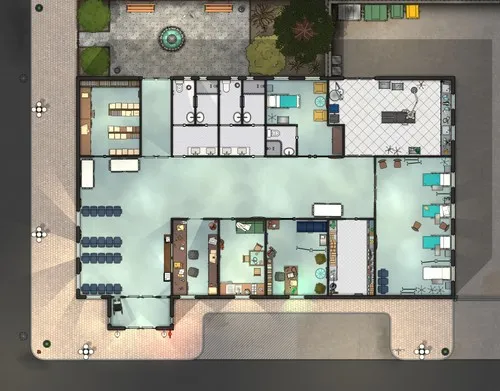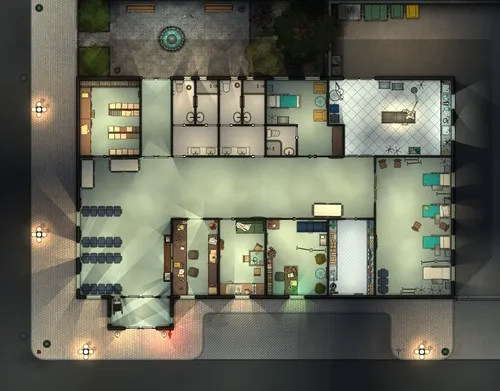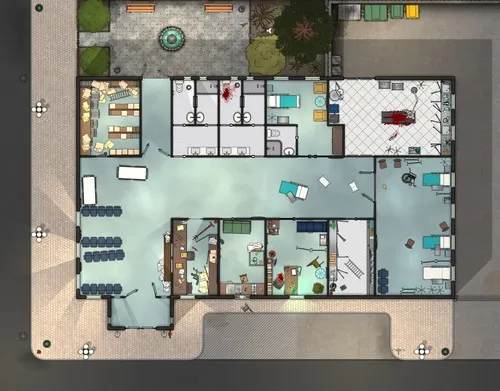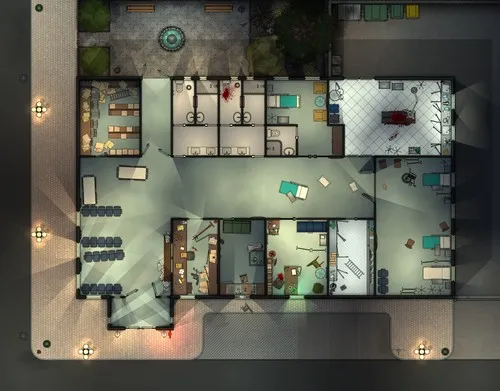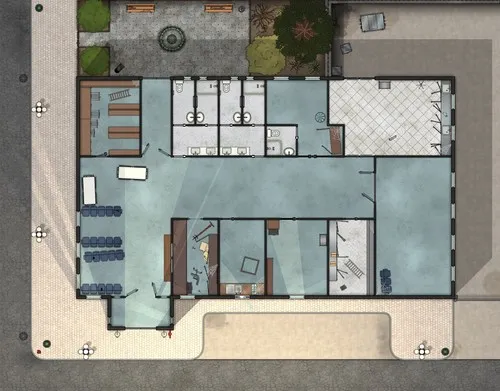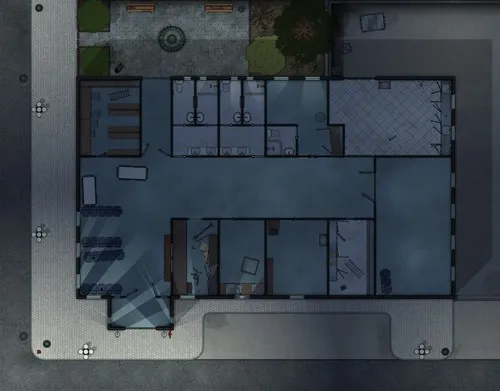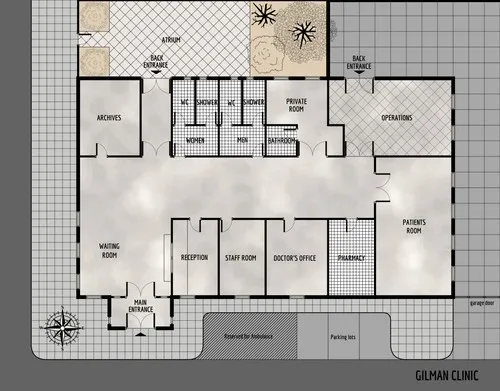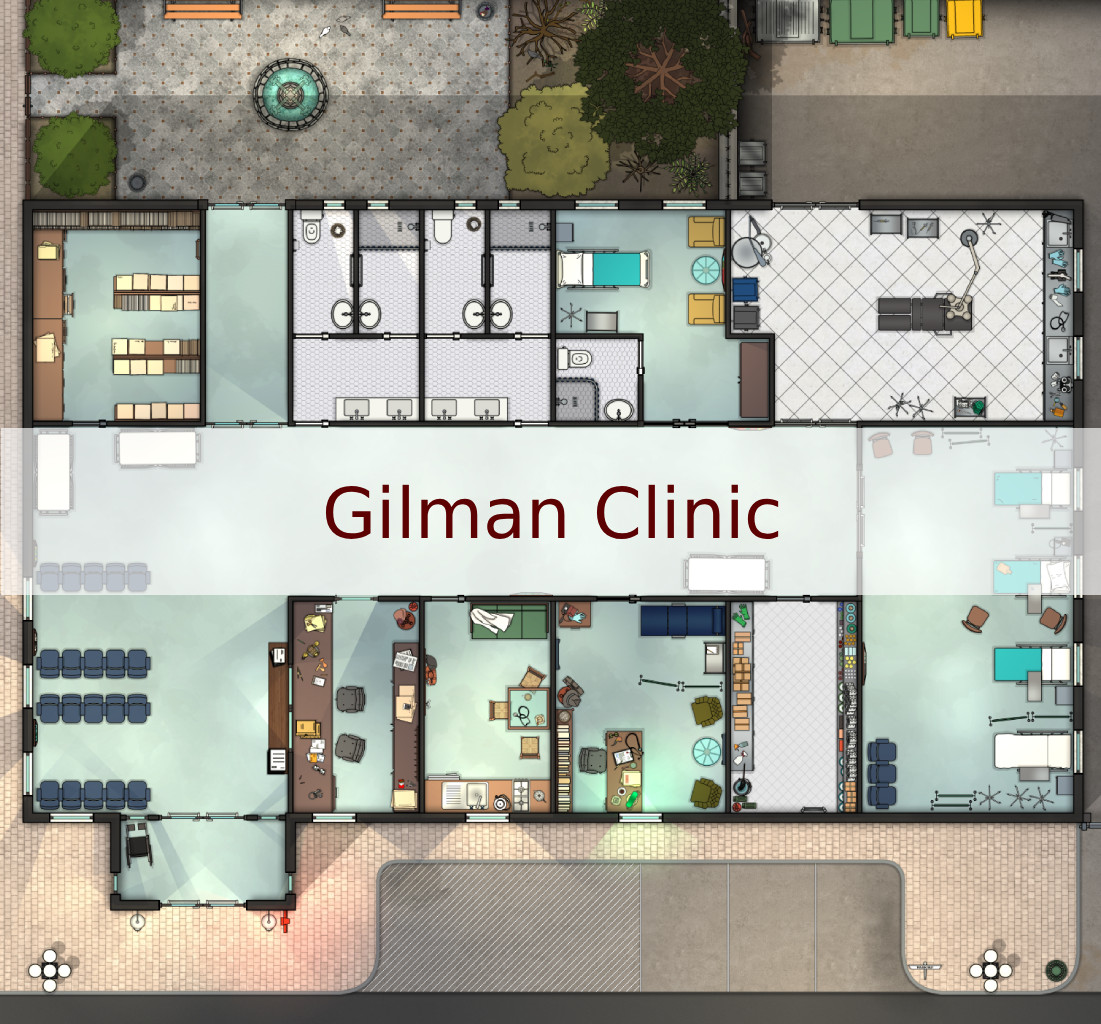What experimental treatments were conducted behind those sterile doors? Why do former patients refuse to speak of their time within those walls? What happened to Dr. Gilman's research notes that vanished the night he disappeared? Who keeps the lights burning in the abandoned wing, and why do locals avoid walking past after sunset?
Follow Cthulhu Architect on BlueSky!“An incompetent doctor practices, but a competent doctor performs.”
― Amit Kalantri, Wealth of Words
The Gilman Clinic stood on Ashworth Street like a tooth that had rotted from within—its facade pristine white, its windows reflecting nothing but sky. Dr. Helena Reichardt had purchased the building for a fraction of its value, and the realtor’s relief at closing the sale should have told her something. But Helena was a woman of science, dismissive of superstition, and the clinic’s spacious rooms seemed perfect for her therapeutic practice
Her first patient was a man named Vincent Marsh, who complained of persistent numbness in his extremities. During the examination, Helena noticed something peculiar—when she pressed her stethoscope to his chest, she heard not one heartbeat, but several, layered and discordant, as if multiple organs pulsed within him. Vincent’s eyes remained fixed on the ceiling tiles throughout, counting them in whispers.
The treatment rooms were arranged in a peculiar configuration, each one positioned so that no two doors faced each other directly. The previous owner had been a Dr. Emory Gilman, whose medical license had been quietly revoked in circumstances the papers only described as “ethically unconscionable.” His notes filled seventeen leather-bound journals, written in a cramped hand that deteriorated into incomprehensible symbols toward the end
Helena hired three nurses, but none lasted more than a fortnight. They complained of the temperature—how it dropped in certain rooms without cause. One nurse left mid-shift after insisting she’d seen a patient in Room 7, despite the appointment book showing it empty. “He was lying on the examination table,” Margaret had said. “But he was opened up. Everything inside him was moving, rearranging itself.”
On the third month, Helena began an innovative treatment on Vincent involving compounds she’d synthesized herself. The formulas had come to her while reading Gilman’s journals, his diagrams showing organs in configurations that shouldn’t exist, connected by pathways that anatomy books never documented. The medicine entered Vincent’s bloodstream, and he gasped—not in pain, but in recognition.
“The clinic remembers,” Vincent said, sitting up with unnatural fluidity. “It always remembers what it’s supposed to do.” Helena tried to step back, but found her feet wouldn’t move. In the polished surface of the metal instruments, she saw her reflection split and multiply. “Dr. Gilman understood that the body is just a suggestion. The clinic helps us become what we’re meant to be.”
Now Helena practices in the clinic, seeing patients who arrive without appointments, who find the building when they need it most. She has learned to administer treatments with precision, watching as her patients discover new anatomies within themselves. Sometimes, late at night, she counts the rooms and always arrives at different numbers. The clinic grows when it needs to, and in a locked cabinet, a new journal has appeared with her name embossed on the cover, its pages filling themselves with diagrams of procedures she hasn’t performed yet—but knows, with certainty, that she will.
